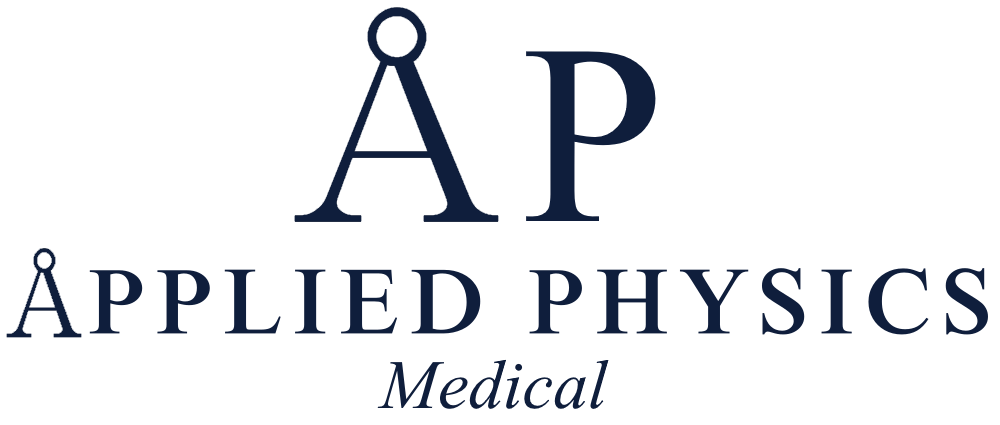The Interface of Physics and Surgery
The Evolution of Surgical Techniques
From Saws to Lasers
Let’s take a trip back in time. Remember when surgeries were equivalent to a horror movie? Saws, no anesthesia and infections galore! Thankfully, the medical field has come a long way. How did we get here? Physics! From the basic lever system of bone saws to the precise lasers, physics has been instrumental (pun intended) in refining surgical procedures.
Nanotechnology in Surgery
Imagine having tiny robots performing surgery. Sound like science fiction? Welcome to the world of nanotechnology! Nanotech employs quantum physics to create tiny surgical robots. These little wonders can target very specific areas, making surgeries less invasive and more precise.
The Marvels of Medical Instrumentation
Types of Surgical Instruments
Scissors, Forceps and Retractors
Most of us are familiar with common surgical instruments like scissors, forceps and retractors. But have you ever wondered why they are shaped the way they are? Physics! The design ensures that the doctor’s hand movements are amplified for precise control.
Cutting-edge Instruments
On the other end of the spectrum, we have state-of-the-art instruments. These bad boys are the brainchildren of physics and engineering, designed to perform complex procedures with remarkable precision.
Applied Physics in Action
The Physics of Scalpels
Material Science and Metallurgy
Scalpels, the knights in shining armor for surgeons. These tools are manufactured with a keen understanding of material science, which is, you guessed it, a branch of physics. Metallurgy, the process of heat-treating metals, ensures the durability and sharpness of scalpels.
Precision in Cutting
The concept of pressure (force/area) is used in designing scalpels. The smaller the area (i.e., the sharper the blade), the less force is needed to cut. This reduces tissue damage and promotes faster healing.
Robotics and Surgical Precision
The Da Vinci Surgical System
Heard of the Da Vinci Surgical System? This is a multi-armed robot designed to perform surgeries with extreme precision. The principle of levers (a part of mechanics in physics) scales down the surgeon’s movements, allowing for minute adjustments.
Patient-specific Robotic Assistance
Then we have patient-specific robotic assistance that uses algorithms (which are based on mathematical physics) to customize surgical procedures, resulting in better patient outcomes.
Laser Technology in Surgery
Principles of Lasers
Lasers, or Light Amplification by Stimulated Emission of Radiation (that’s a mouthful, isn’t it?), are yet another example of applied physics in surgery. They utilize the principles of optics and electromagnetism to produce highly concentrated beams of light.
Benefits and Applications of Lasers
Laser surgeries reduce bleeding, minimize infection risks and enhance precision. They are used in a range of procedures, from vision correction to tumor removal. How cool is that?
Physics for Improved Patient Outcomes
Advancements in Imaging
Enhanced Medical Imaging
Imaging technologies like X-rays, MRIs and ultrasound are products of physics. They allow doctors to see inside the body without making a single cut, leading to accurate diagnoses and targeted treatments.
Real-time Imaging in Surgery
The ability to have real-time imaging during surgery has been a game-changer. Imagine navigating a maze blindfolded, now imagine doing it with a map. That’s what real-time imaging does for surgeons.
Minimally Invasive Surgery
Lower Risk and Faster Recovery
Minimally invasive surgeries, made possible by the advancements in physics, have lower risks and faster recovery times. Physics has truly revolutionized patient care!
Physics in Minimally Invasive Techniques
Physics principles like fluid dynamics and optics are used in minimally invasive techniques like laparoscopic surgery, resulting in smaller incisions and less postoperative pain.
Future Prospects and Challenges
The Future of Medical Instrumentation
Innovations on the Horizon
Looking forward, the integration of physics and medicine promises even more exciting innovations. The future of medical instrumentation is bright, from advanced AI surgical robots to biodegradable nanobots.
Challenges and Ethical Considerations
However, with great power comes great responsibility. As we innovate, ethical considerations and challenges like cost, accessibility and privacy must be addressed.
Conclusion
Physics, the unseen hero, has played a pivotal role in advancing surgical precision. It has improved surgical outcomes, reduced patient recovery times and pushed the boundaries of what is possible in medical instrumentation.

